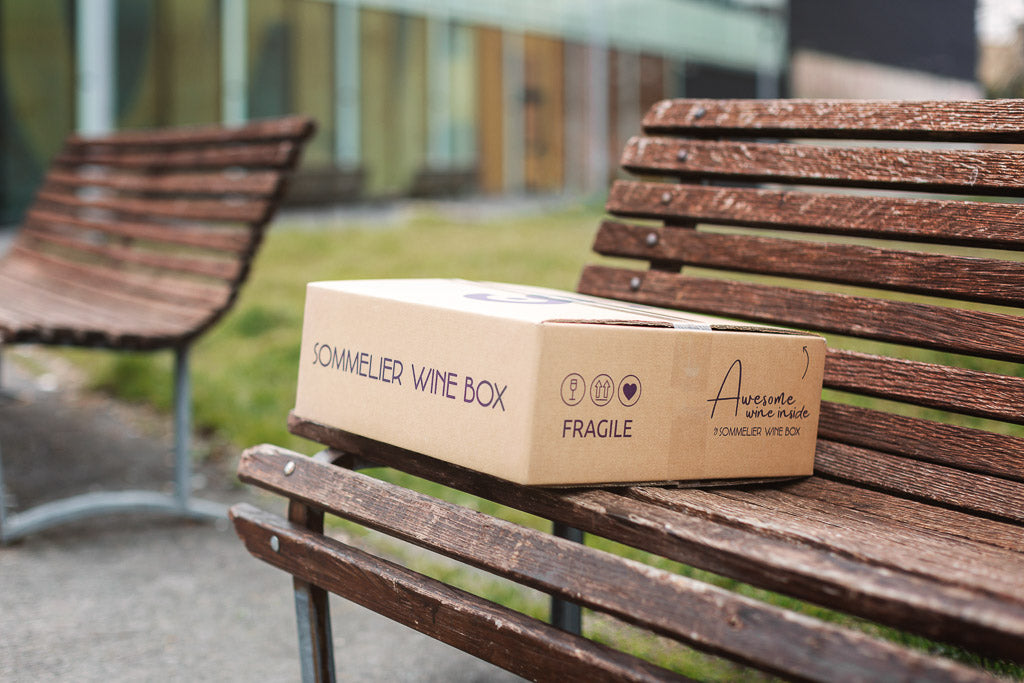Oil and wine have a lot in common: they are both produced with long care and extraordinary wisdom, and come from the field to bring happiness to the table. Combined with each other, new alchemies are created. It is never considered but oil is a key element in pairings. Let's see what you need to know and how to pair food and wine when oil is also added to the combination.
Oil - which we consider here in its most dazzling version, i.e. extra virgin olive oil - certainly changes the perception of food-wine pairings: let's see what there is to know about the role of oil in wine and food pairing.
Varieties of oil
The country that has the most olive varieties in the world is Italy, with 538 varieties of oil registered. The most widespread cultivars (i.e. varieties) are Carolea, Coratina, Favolosa, Frantoio, Leccino, Nocellara del Belice, Ogliarola, Peranzana, Tonda Iblea.
Where does Italian oil come from?
A large part of the totally Italian oil comes from Puglia (on average, around 60% each year).
Oil on the market: a curiosity
The oil on the market does not well represent the vast wealth of varieties present in Italy. The challenge today is to preserve this diversity and enhance it in the market too .
What is monovarietal oil?
A monovarietal extra virgin oil is made with olives of a single variety . These are oils with a strong personality, typical and very representative of the territory in which they are produced. These are in fact very rare oils.
Oil & Restaurant Forum 2022: an oil trend?
In Milan, last May 30th, the Oil & Ristoration Forum was held, an event curated by Luigi Caricato. The theme: oil-centric restaurants , i.e. themed restaurants that put oil at the center of their offering.
Nutrient principles of the oil
Extra virgin olive oil has a very important biological role, due to the presence of vitamins A, E, D, K, essential fatty acids and the significant quantity of antioxidants .
Oil tasting
In short, oil offers five types of taste sensations: salty , sour , bitter , sweet , spicy . Pay particular attention to the acid component, which is given by a part of the fatty acids found in the form of free acids: these are responsible for the acidity of olive oil.
- Read also: how to pair food and wine
Since when do you taste wine professionally?
From the second half of the nineteenth century the approach to oil became more professional, thanks to the invention of the refractometer (1875), which analyzes fats and the invention of the Wijs method (1898) to determine the unsaturation of oils. A precise classification of the components of oils, even the minor ones, dates back to the twentieth century.
Contemporary oil tasting has been codified above all by two people: the Italian Mario Solinas and the Spanish Rafael Gutierrez, who invented a lexicon which merged into the official document of the International Olive Council (Method for the organoleptic evaluation of virgin olive oils, June 18, 1987). In 1991, the "Organoleptic evaluation of virgin olive oil - Coi method" was developed.
How to pair food, oil and wine: advice from Sommelier Wine Box
Before leaving: the characteristics of the oil
- The starting point is that depending on the type of fat used to season our dishes, the flavor of the oil integrates with the food, giving new stimuli to the palate. When oil is used in the preparation, food and wines must be paired differently, harmonizing the elements while keeping in mind the characteristics of each. Oil in particular gives the preparation sensations of viscosity and greasiness .
Oil and food
- The flavor of the oil must never cover that of the dish, nor vice versa.
- Due to the principle of concordance , if the extra virgin olive oil is delicate, it pairs well with equally delicate foods: therefore go ahead to combine light fruity oils with light dishes, medium or intense fruity oils with tasty foods.
- Oils with a strong bitter component pair well with foods with a significant aromatic tendency (first courses with radicchio, ragù, chicory, but also grilled red meat).
- Very spicy oils are perfect for livening up substantial dishes, characterized by full flavors (for example legume soup, grilled steaks, tomato-based sauces...).
- Oils with sweet scents (fresh almond, white pulp fruit) go perfectly with delicate foods such as white meats, boiled shellfish, grilled swordfish.
- Oils with vegetal scents (tomato, artichoke, grass) go well with bruschetta and tomato salad.
Food, oil and wine
- In this triangle of pairings, one objective of the wine is to degrease the palate , therefore green light for bubbles and particularly fresh wines (to counteract the action of the oil with the effervescence or acidity of the wine).
- If, however, in addition to the greasiness, the food also has a certain succulence, red wines are suitable, which exploit the action of the tannin to dry the mouth .
- Read also: tricks for tasting like a sommelier
Oil-food-wine pairings: three suggestions
1. Bruschetta, oil and Verdicchio or Falanghina, which stand up well to the aromatic part of the dish.
2. Garlic, oil and chilli pepper: an unctuous, pungent and aromatic dish that pairs perfectly with a light, soft and fresh white wine.
3. Very young, fragrant and light white wines such as Pecorino D'Abruzzo should be paired with steamed fish seasoned with extra virgin olive oil.




